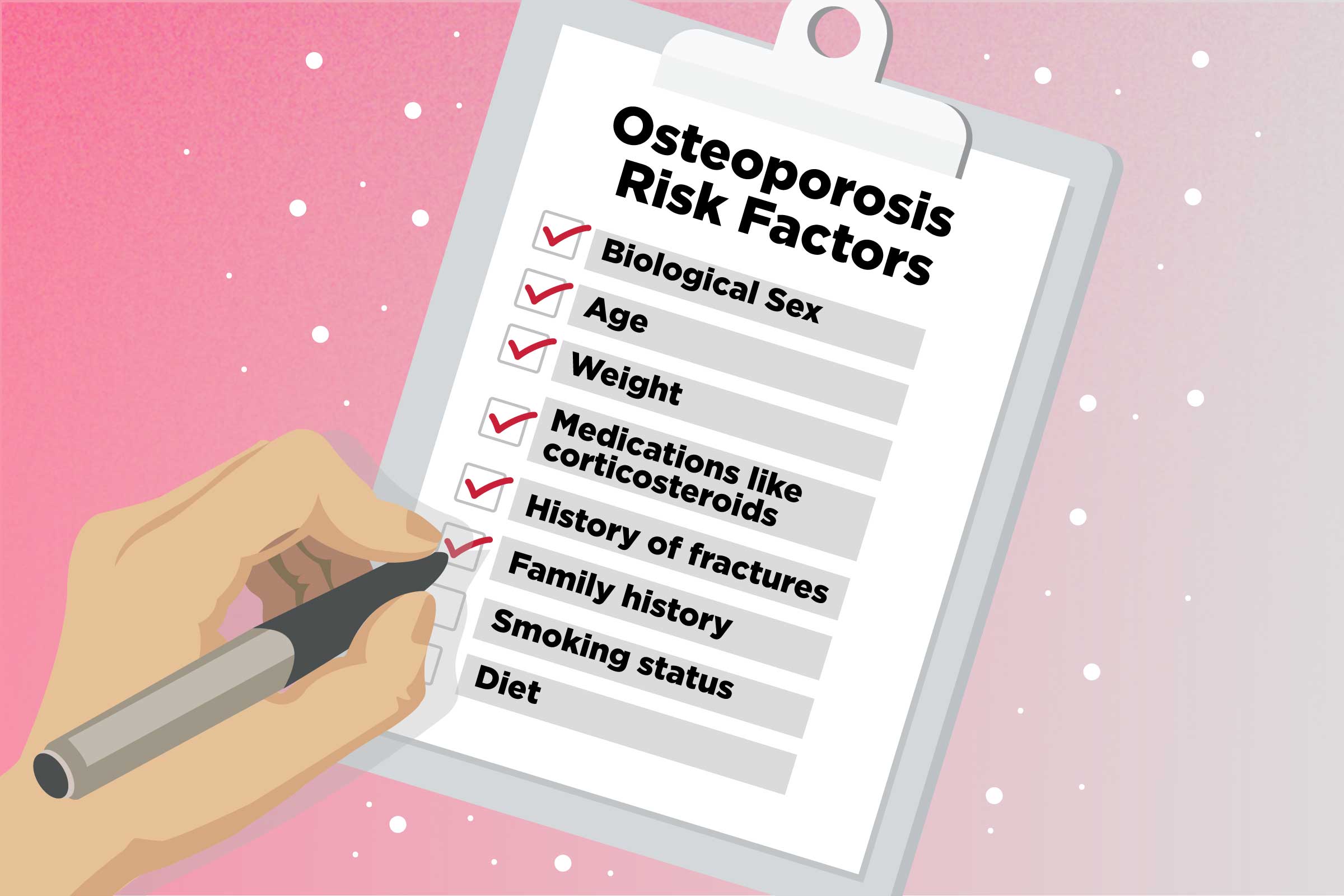A bone fracture, or broken bone, is a common injury that occurs when a bone is subjected to more stress than it can withstand. This can happen due to a variety of reasons, including accidents, falls, or underlying medical conditions. Understanding the common causes and risk factors for bone fractures can help individuals take preventive measures to reduce their chances of experiencing this painful injury.
Overview of Bone Fractures
Bone fractures can range from simple hairline cracks to complete breaks. The severity of a fracture depends on several factors, including the type of bone involved, the force applied, and the overall health of the bone. Common types of fractures include:
- Stable fracture: The bone cracks but remains in place.
- Displaced fracture: The bone breaks and shifts out of position.
- Open fracture: The broken bone pierces the skin.
- Comminuted fracture: The bone breaks into multiple pieces.
Common Causes of Bone Fractures
- Accidents: Car accidents, sports injuries, and falls are common causes of bone fractures.
- Osteoporosis: This condition weakens bones, making them more susceptible to fractures, especially in the hip, spine, and wrist.
- Other medical conditions: Certain medical conditions can increase the risk of fractures, such as bone cancer, Paget’s disease, and hyperparathyroidism.
- Overuse injuries: Repetitive stress on bones, such as in athletes, can lead to stress fractures.
- Spinal conditions: Many older adults suffer from spinal conditions like spinal stenosis, which is the narrowing of the spinal canal. While spinal stenosis itself does not directly cause bone fractures, it can increase the risk of fractures. The pain and reduced mobility associated with spinal stenosis can lead to muscle weakness and balance issues, raising the likelihood of falls and subsequent fractures. Improving life quality by treating spine conditions can help lower the risks of bone fractures and falls due to spine pain.
I recently looked into a lumbar laminectomy discectomy for my dad to help him improve his condition. I wanted to share some findings, including recovery time and other important considerations.
This procedure involves removing part of the vertebra and disc to relieve pressure on the nerves. However, rigorous adherence to post-surgical guidelines is crucial to optimize lumbar laminectomy recovery time and prevent complications, including fractures.
Risk Factors for Bone Fractures
Several factors can increase a person’s risk of experiencing a bone fracture:
- Age: As people age, their bones naturally become weaker, increasing the risk of fractures.
- Gender: Women are more prone to osteoporosis and fractures than men.
- Lifestyle factors: Smoking, excessive alcohol consumption, and poor nutrition can weaken bones.
- Medications: Certain medications, such as corticosteroids and some cancer treatments, can increase fracture risk.
- Lack of physical activity: Regular weight-bearing exercise helps maintain bone density.
- Low body weight: Being underweight can increase the risk of osteoporosis.
Prevention Tips
To reduce the risk of bone fractures, consider the following preventive measures:
- Regular exercise: Engage in weight-bearing exercises like walking, running, and dancing to strengthen bones.
- Healthy diet: Consume a diet rich in calcium and vitamin D to support bone health.
- Avoid smoking and excessive alcohol: These habits can negatively impact bone health.
- Fall prevention: Take steps to prevent falls, such as removing tripping hazards and installing handrails.
- Regular bone density screenings: If you are at high risk for osteoporosis, talk to your doctor about bone density screenings.
When to See a Doctor
If you experience any of the following symptoms after an injury, seek medical attention immediately:
- Severe pain
- Swelling
- Deformity
- Inability to bear weight
- Open wound
Conclusion
Bone fractures can be painful and debilitating, but understanding the common causes and risk factors can help individuals take steps to prevent them. By maintaining a healthy lifestyle, getting regular exercise, and taking precautions to prevent falls, you can significantly reduce your risk of experiencing a bone fracture. If you have concerns about your bone health or have sustained an injury, consult with a healthcare professional for proper evaluation and treatment.
Remember, prevention is key to maintaining strong and healthy bones throughout your life.

